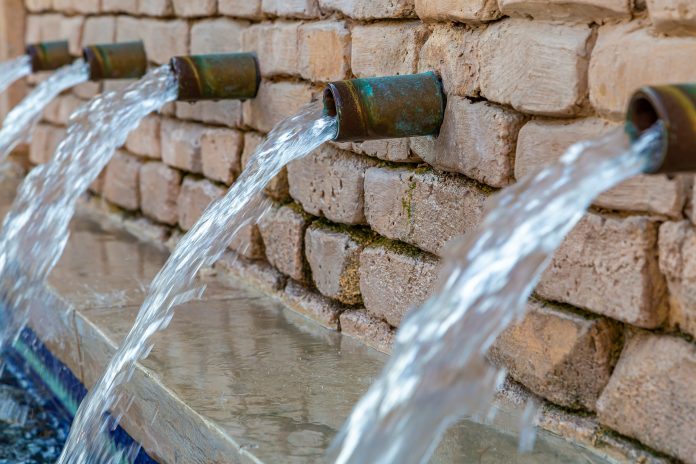Understanding the true value of water is crucial to solving global environmental challenges, says Cardno’s NATALIE MUIR.
Water supports life itself, it supports human health, our wellbeing and of course, it is vital for the environment. But what is the true value of water? Can you even place a value on something so precious?
Across society, water is valued very differently – where water is scarce, it tends to be more highly valued, conserved and appreciated. Where water is more plentiful (or where it seems more plentiful), it is often taken for granted, wasted and even hidden. Do our communities understand the real value of water?
We need to shift the paradigm to ensure it is valued and managed in a manner that is sustainable, now and in the context of increasing demand and increased climate variability. Value is one thing – cost is another. The cost of treating and distributing water and collecting and treating wastewater is not insignificant. Goal 1 under the UN’s SDG6 sets a target that, “by 2030, achieve universal and equitable access to safe and affordable drinking water for all”. This means that the necessary infrastructure needs to be provided at a cost that is affordable to the people that it services.
This cost is not always proportionate. Those in regional and remote communities, indigenous communities and developing nations have less capacity to pay than their city counterparts, yet the challenges of water security are often greater and may require a higher investment to resolve.
Water and sanitation are viewed as basic human rights, yet 2.2 billion people do not have access to safely managed drinking water, and 4.2 billion lack safely managed sanitation. In cities and towns that do have access to a safely managed supply, water security is a significant issue, with many facing a looming water crisis. ‘Day Zero’ in Cape Town was narrowly avoided as the city was just 90 days away from turning off the taps. Chennai, India’s sixth-largest city, hit Day Zero in 2019. In Australia, some rural towns have had to truck in water for an extended period to secure their supplies. Climate variability is likely to mean that water security issues will only increase.
Significant investment is required to achieve UN SDG6. This investment is in addition to the costs of maintaining and operating existing infrastructure, a large proportion of which is coming to the end of its useful life and requires renewal or replacement.
It is our role as consulting engineers to work with governments, regulators, and water agencies to solve this conundrum – how do we provide water for all at a price that is affordable to all? As an industry, solving this puzzle will mean ensuring that all options are on the table when developing sustainable water solutions (including alternative water sources such as stormwater and potable recycling). It will draw on our innovation and our ingenuity to ensure that fit for purpose solutions are developed that ensure the long-term sustainability of communities.
There are already some great examples of sustainable water practices and solutions across the world, from high-technology treatment solutions to green infrastructure, biomimicry and also programmes supporting basic water and sanitation in developing nations. But there is still much to be done.
The UN Sustainable Development Goals Report 2020, notes that “unless rates of progress increase substantially, Goal 6 targets will not be met by 2030”. Access to water, sanitation and hygiene has become even more important during the Covid-19 pandemic to help contain the spread of the virus. To progress the SDG6 goals, improvements in agricultural water productivity are needed, transboundary cooperation is needed and funding commitments need to increase.
Water is also intrinsically linked to so many of the other SDG goals – poverty (goal 1), zero hunger (goal 2), quality education (goal 4), gender equality (goal 5), affordable and clean energy (goal 7), sustainable cities (goal 11), responsible consumption and production (goal 12), climate action (goal 13), life below water (goal 14) and life on land (goal 15). It is therefore imperative that we truly understand the value of water and the investment required to provide affordable water and sanitation for all.
The challenge is huge. Partnerships are critical and it will require continued innovation and technological advancement from the engineering community.
Together, we can reimagine our water future.
Natalie Muir is general manager – water and environment – at Cardno.


















